Photo Gallery
See the Cascade-Siskiyou National Monument (BLM photo gallery), one of our National Conservation Lands, managed by BLM.
Ecoregions
There are three distinct eco-regions converging in the Monument. The biodiversity includes grassland and shrubland (including unusual rosaceous chaparral), Garry and California oak woodlands, juniper scablands, mixed conifer and white fir forests, and wet meadows and riparian forests. These ecoregions occur in large swaths and in patches mixed together in a rich mosaic. It is possible to cross through all three ecoregions in the space of a few hours. BLM photos.
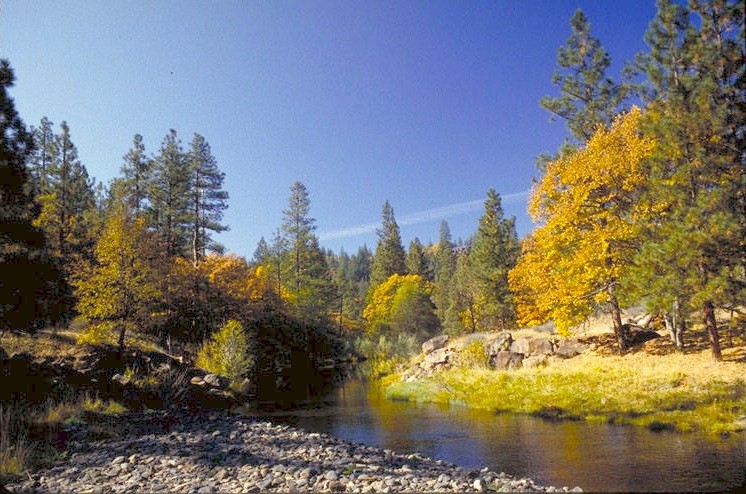

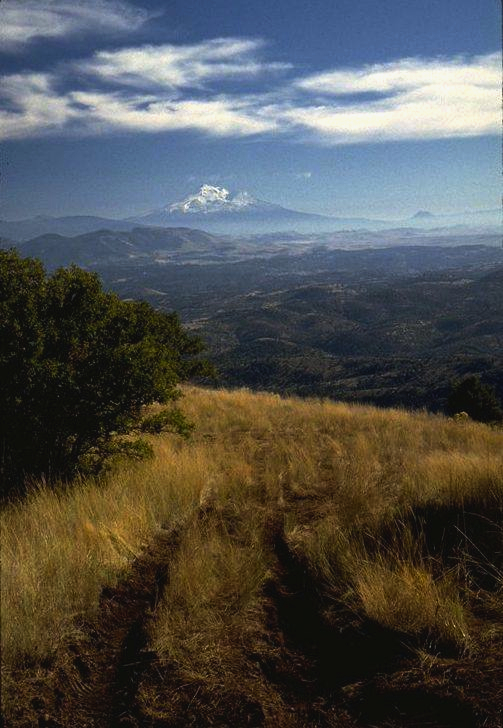
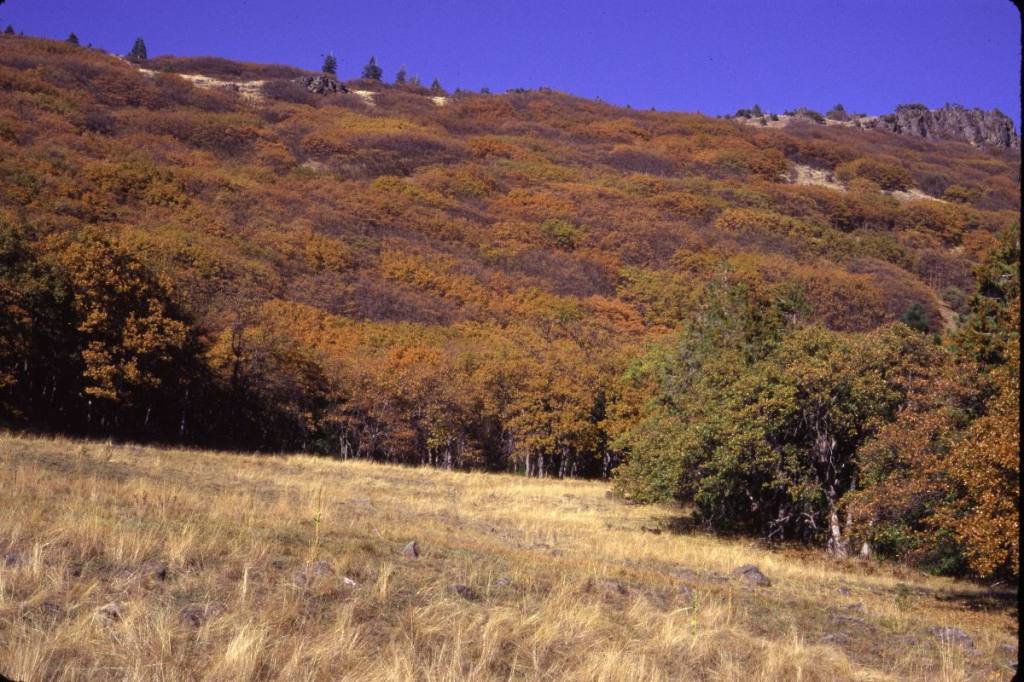
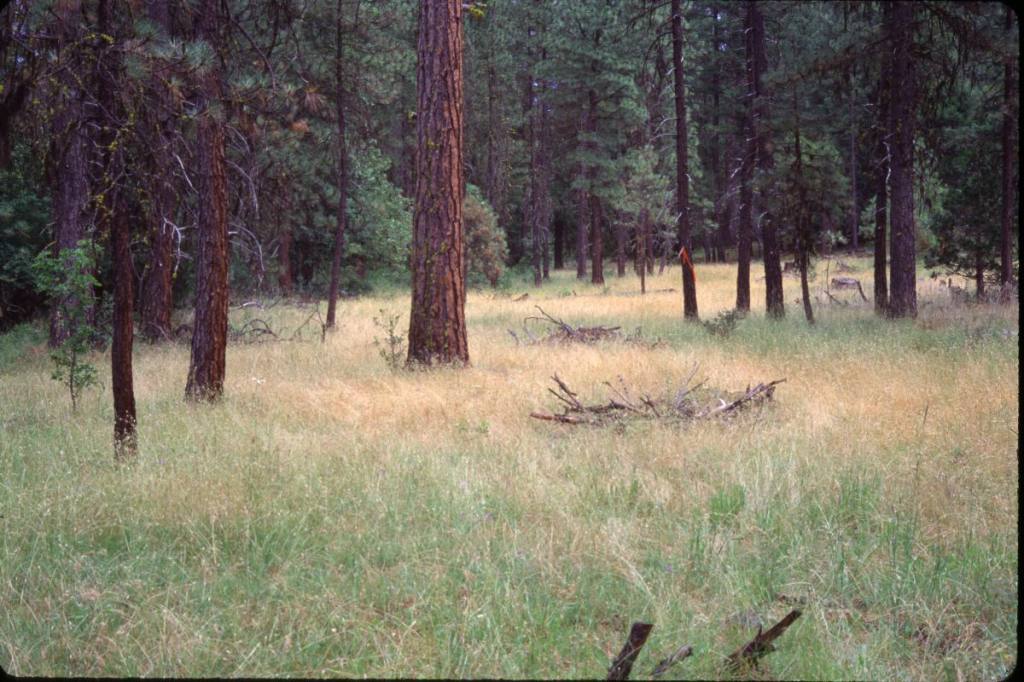
Butterflies
If you go: Late summer and fall.
Location: Well-flowered open spots such as meadows, forest clearings, roadsides, trails, grassy mountainsides, rocky outcrops, and canyons.
Bring: A pair of small binoculars, a map for navigation, and a good field guide.
Almost 120 species of butterflies have been documented in the Monument, due to the close proximity of such diverse habitats. Butterflies seek out settings that provide water, nutrients, and warmth. KReynolds photos.
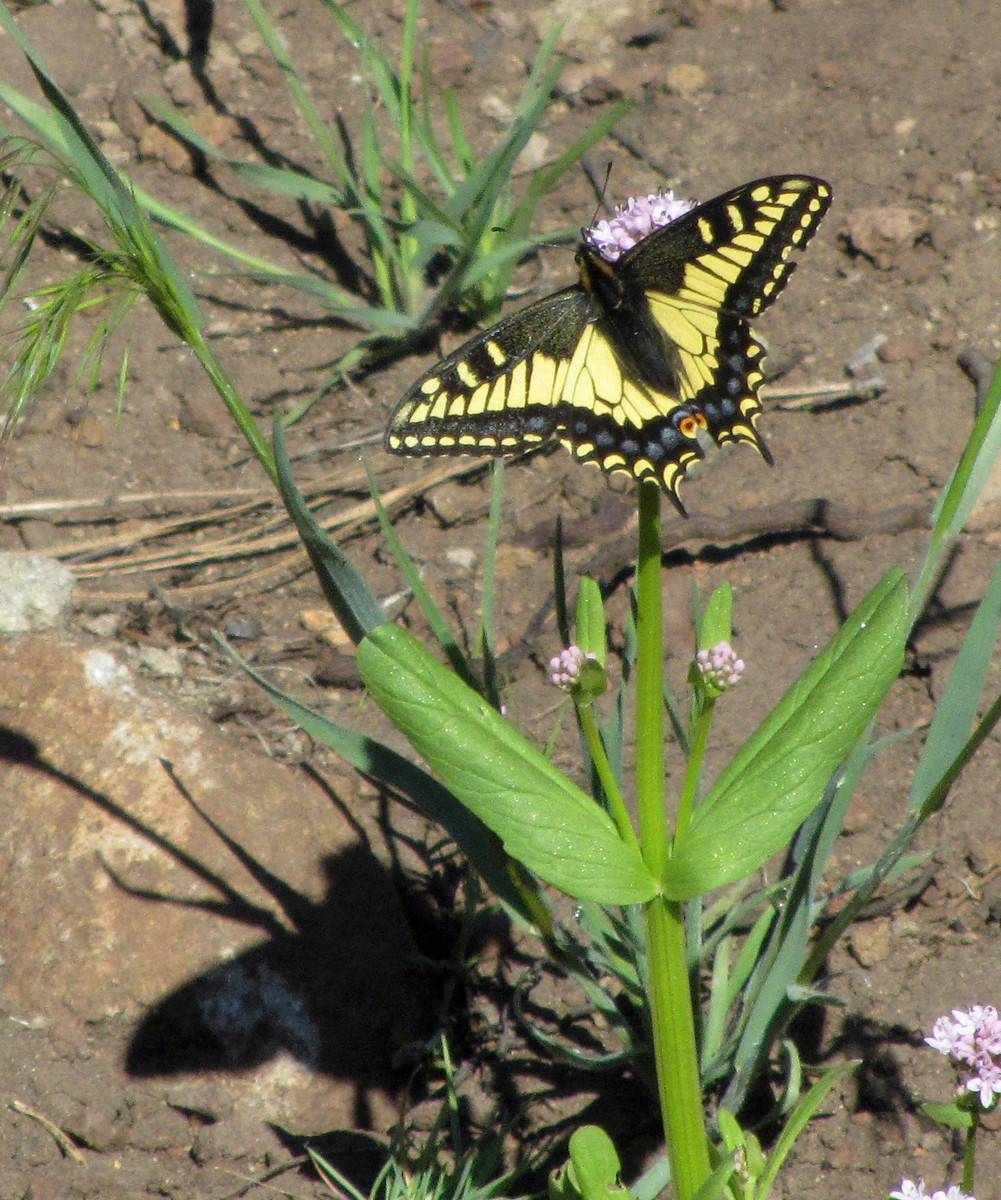
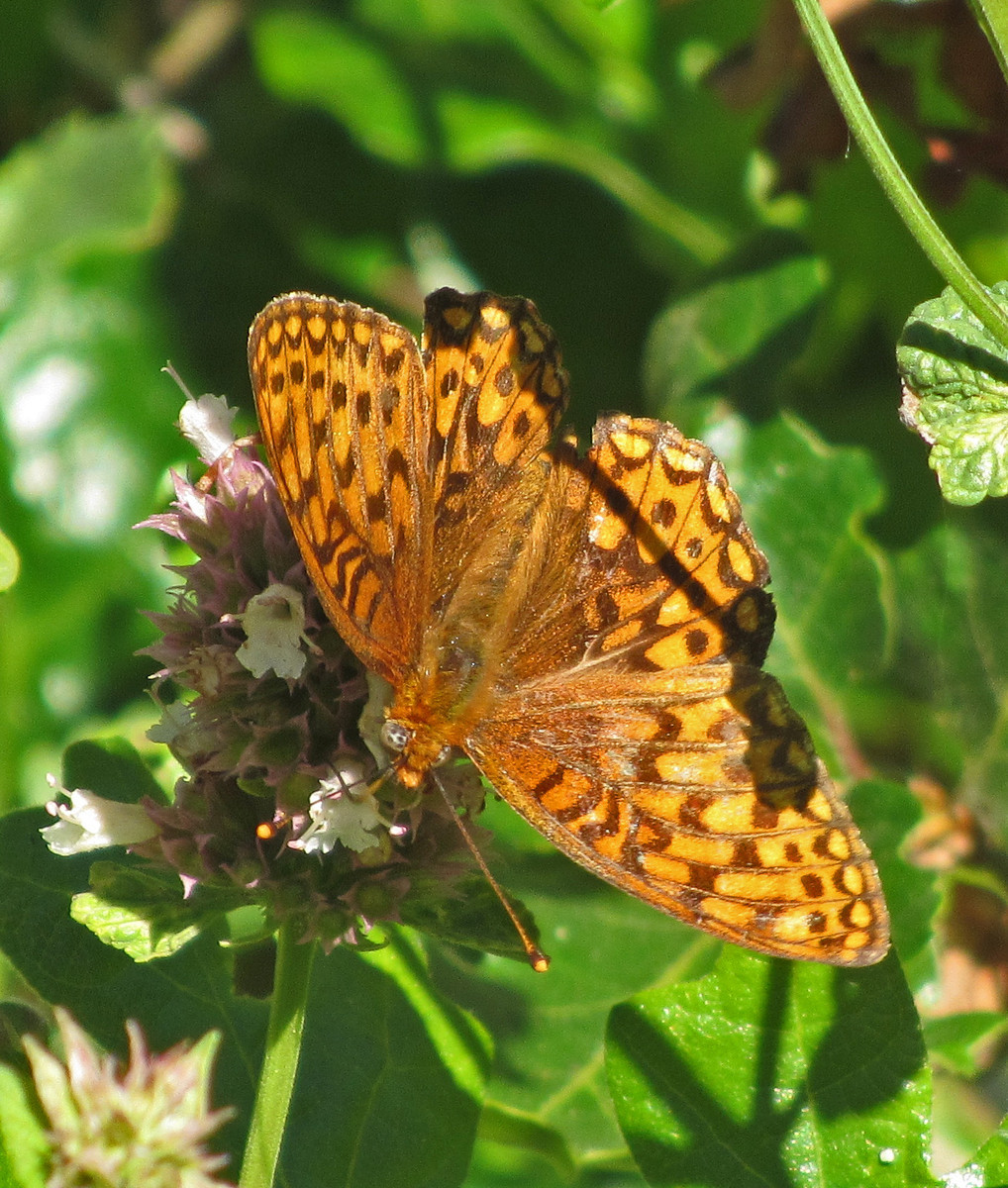

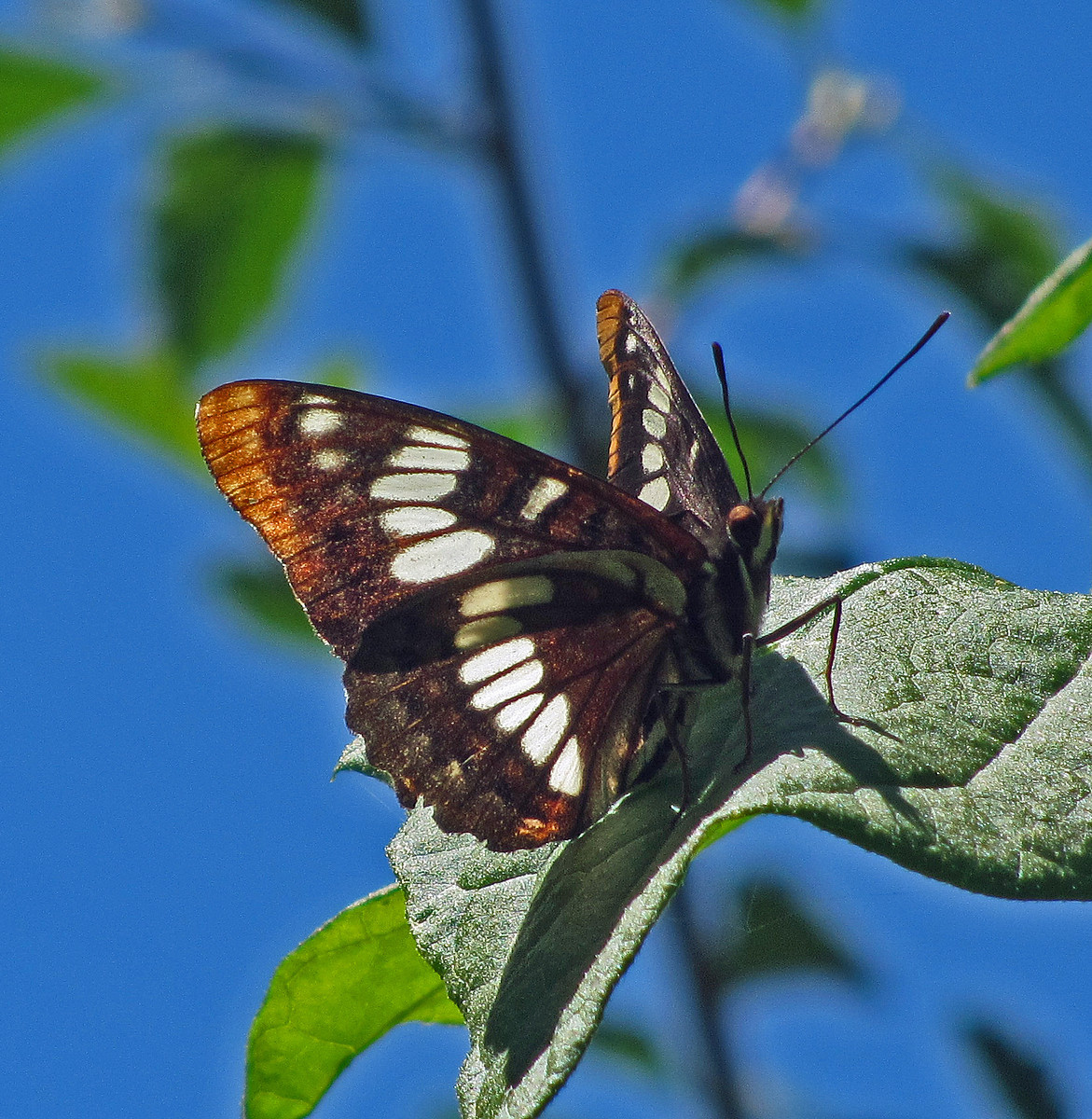
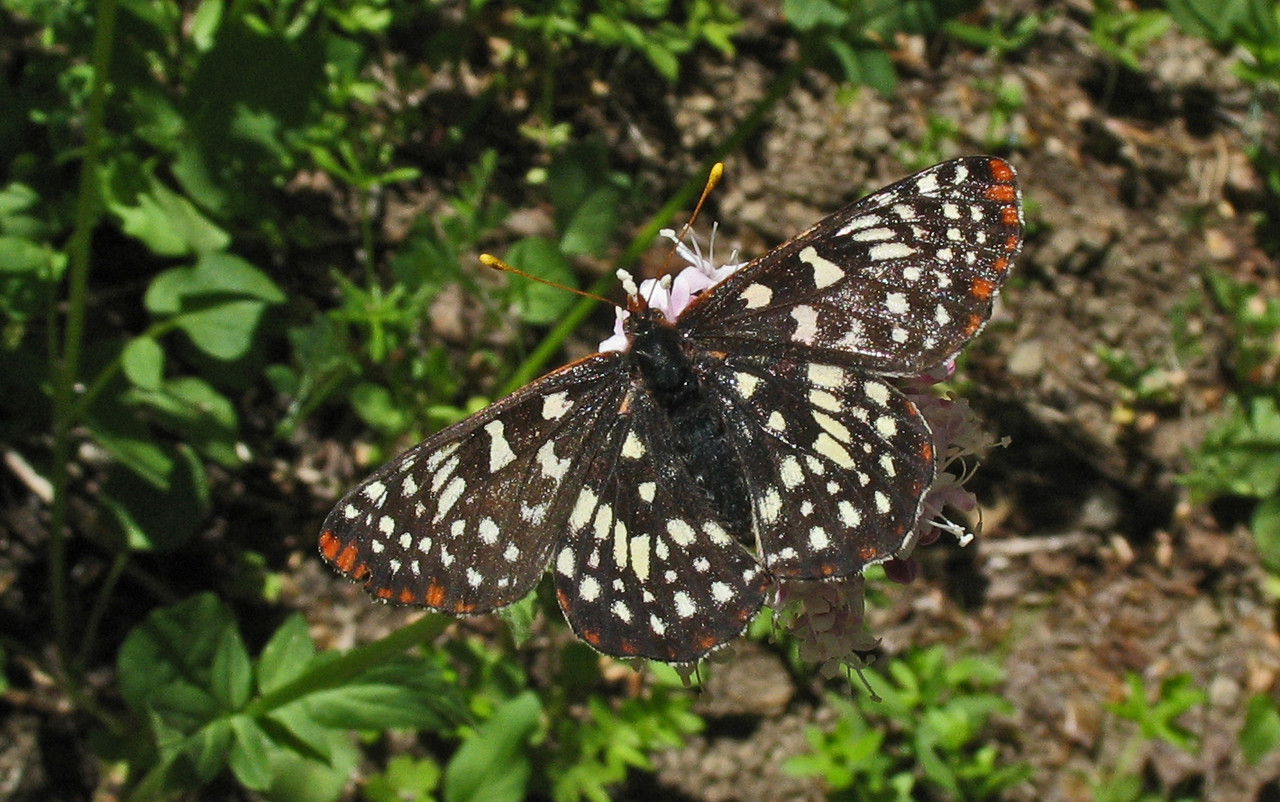
Wildflowers
If you go: Mid May through Early August. Flowering times vary according to elevation, aspect and season.
Location: For the best viewing, areas along the Pacific Crest Trail provide an up close opportunity to observe the many varieties of wildflowers on the Monument; also on Hobart Bluff Trailhead, Green Springs
Mountain Trailhead on the Pacific Crest Trail; and along
Highway 66 and Highway 99.
Bring: Binoculars, appropriate hiking attire, water and snacks. A 10X hand lens and a field guide are especially helpful for species identification. KReynolds photos.
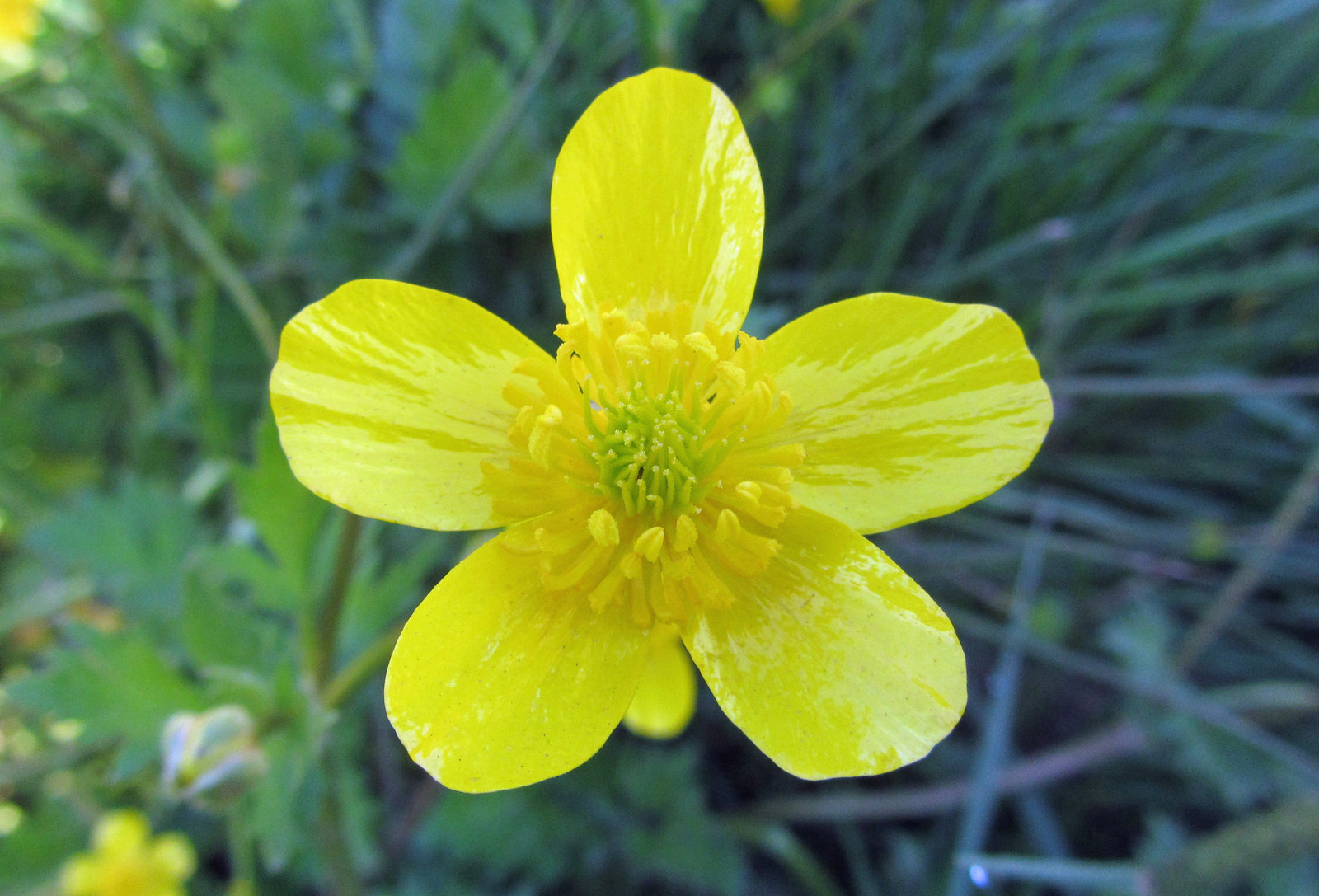
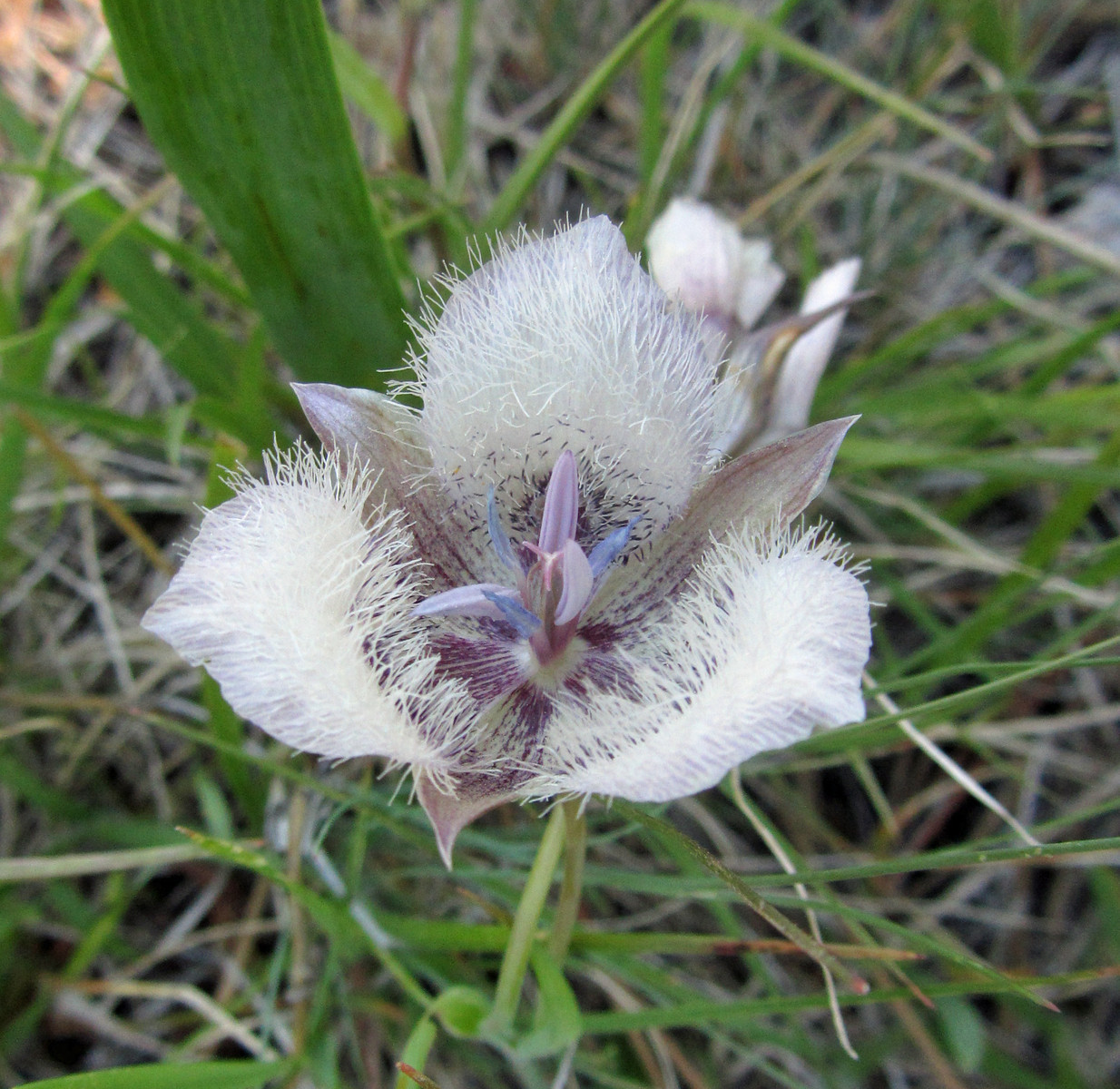
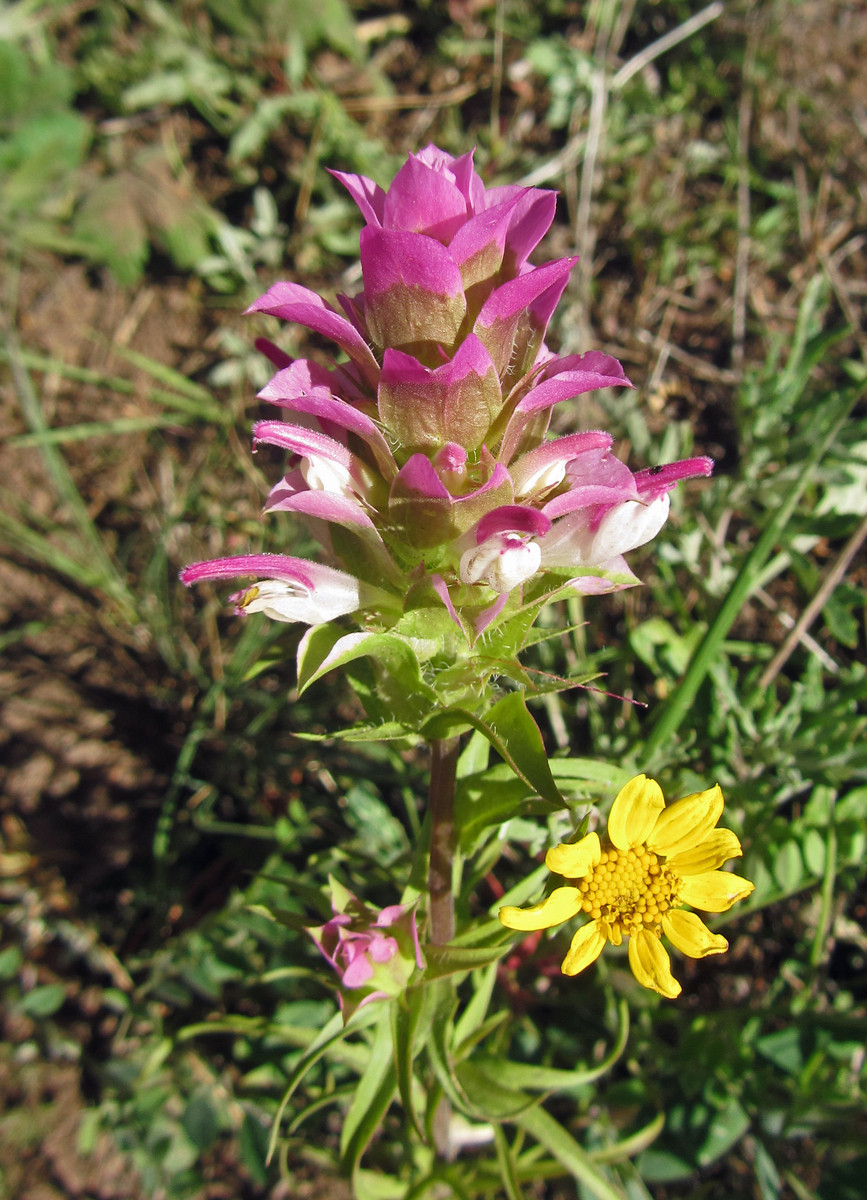
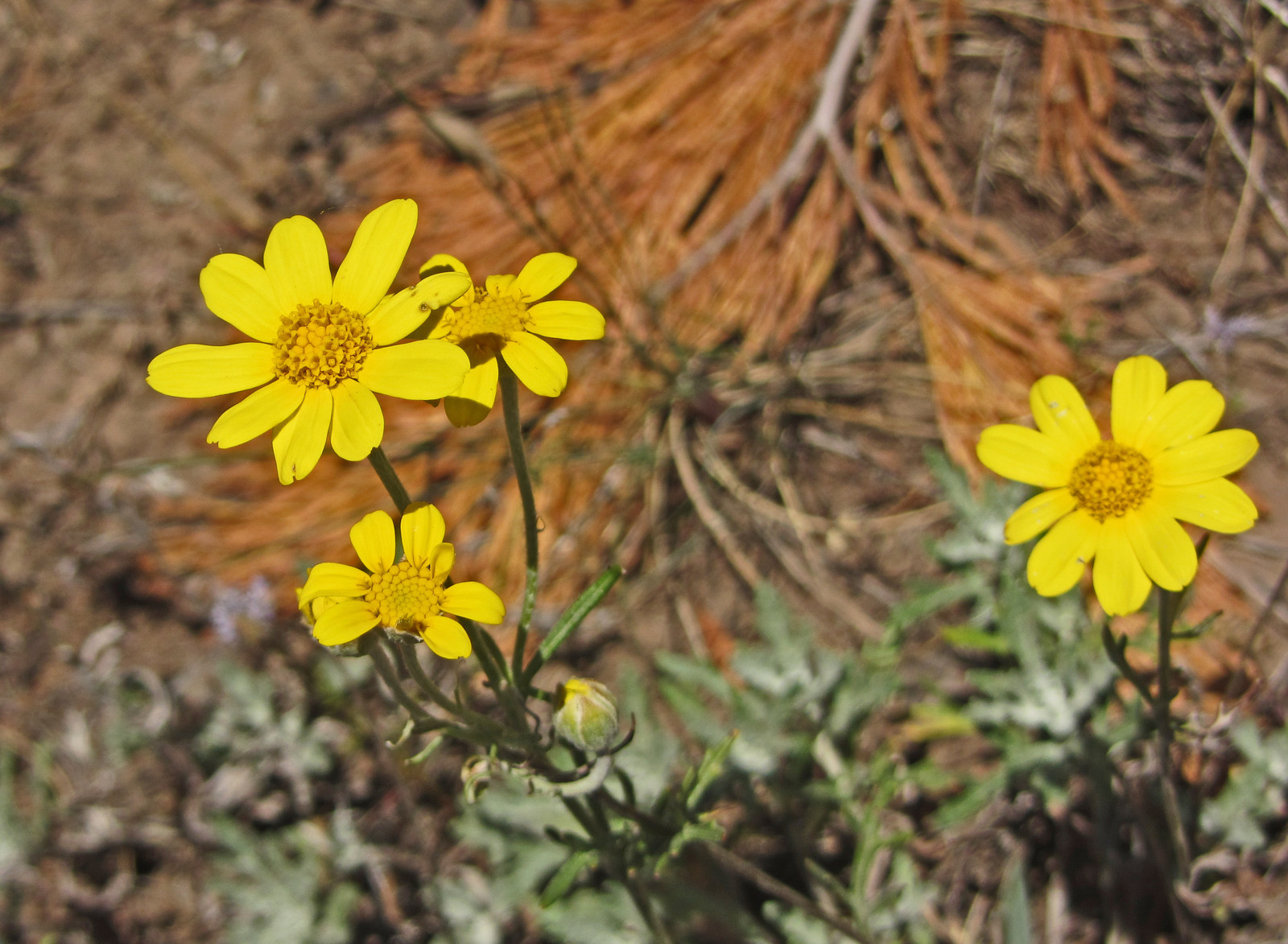
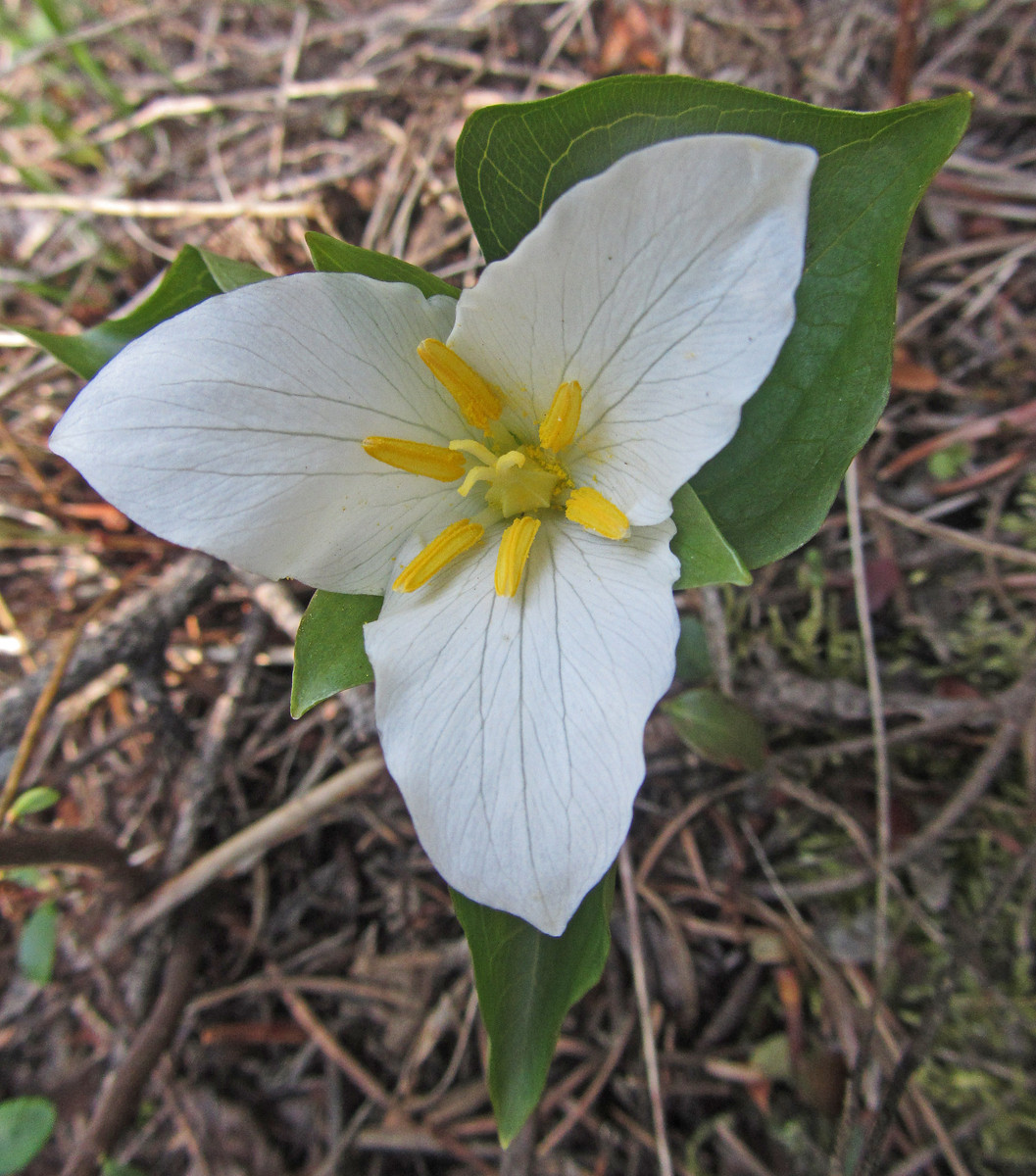
For more information on wildflowers of the Cascade and Siskiyou mountains visit the local chapter of the Native Plant Society of Oregon.
Several shops in Ashland (The Northwest Nature Shop & Bloomsbury Books) as well as the BLM in Medford sell Native Plant Society Wildflower guides for $1.
